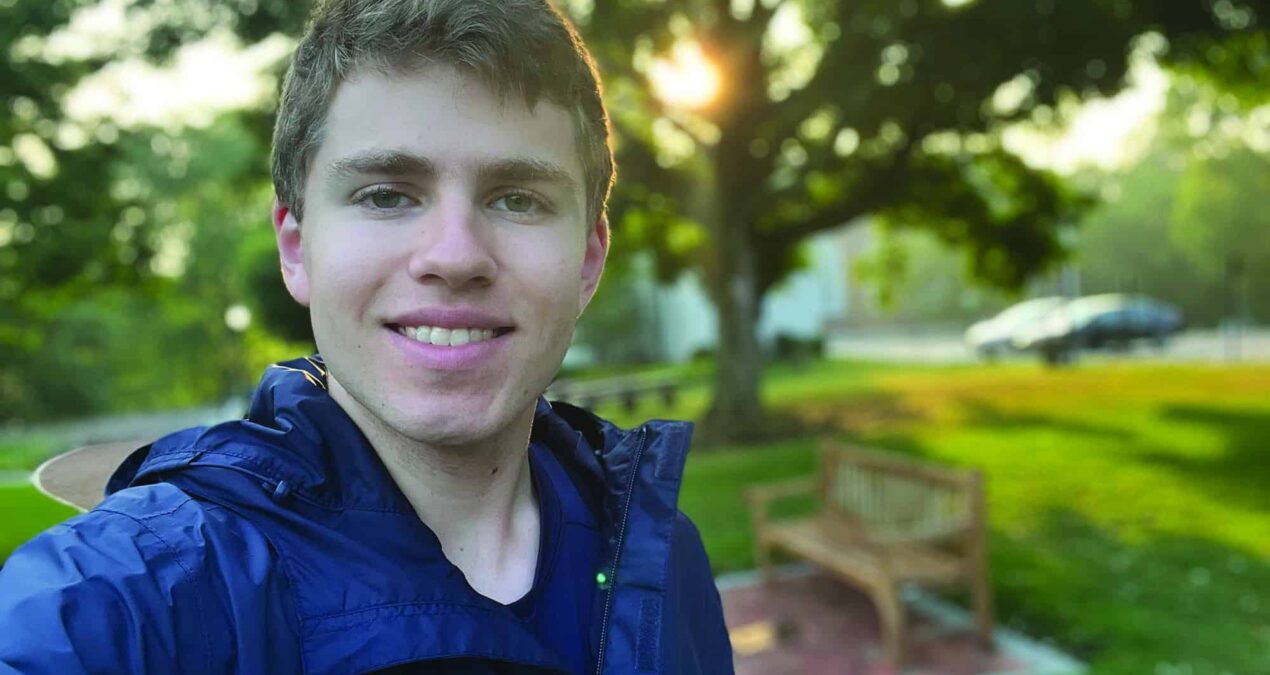Jacob Bernstein, Special to The Denisonian—
As the son of two psychologists, I have always been interested in how people think, feel, and behave. When I had the chance to write about a topic in the mental health arena, I could not pass it up.
Once a taboo topic, mental health is now a buzzword and movement that has garnered the attention of people nationwide. Therapy might come to mind as a way to strengthen emotional resilience and betterment. Yet, there are other means, such as the community concept of a “third place,” that speak to this issue.
The third place concept originated from sociologist Dr. Ray Oldenburg and was first expressed in his bestseller, “The Great Good Place.” This theory refers to places that are outside of one’s work or home life, and have a focus on community. Coffee shops, houses of worship, parks, and libraries would all fit under this umbrella. If I had to list my third places, I would say Village Coffee and Easton at the moment; these are places where I run into people I know but also where I can escape the monotony of life for a brief period.
The unique thing about third places is that they are positive, not negative. Psychology, for almost its entire lifetime, has focused on the bad and reducing negative symptoms of various diseases. Yet, a distinctive field of psychology, known as positive psychology, emerged.
Positive psychology, as coined by the great scholar in the field, Martin Seligman, is designed to “focus on individuals’ and communities’ positive aspects and strengths as a path to wellbeing.” In short, positive psychology suggests that we can actively shape our lives and take steps toward true happiness.
I raise the question as to if Denison truly has a third place for its students.
Denison is a work hard, play hard culture: working in admissions as a tour guide, I am constantly surprised by how Denisonians pursue all of their interests and still have time for themselves.
There have been steps toward promoting the third place on Denison’s campus, even if the term is unfamiliar. For instance, The Hoaglin Wellness Center is a great start, providing wellness classes and connecting people, whether that be in a meditation session, nature hike, or for a “paws and relax” session during finals week. Slayter Union might also be considered a third place, as places like the Nest promote late night chats and epic ping pong battles. Perhaps the newly launched student coworking space in Huffman is a social hub due to its collaborative and integrated design.
It seems to be a step in the right direction. But these places are oftentimes taken over by computers, pages of homework, and isolation. Fraternities and sororities may also be third places for some, but the majority of this school is not in Greek life, so it only goes so far.
To its credit, Denison has tried to reinstall Slayter as a central gathering spot for building community by having events like late night discos, board game nights, and the annual Gala. The winter activity fair hosted by CLIC where students could choose between over fifty clubs and organizations was another great step toward uplifting the campus spirit.
Overall, I do think Denison has done a great job laying the foundation for campus to be a welcoming social place in addition to its academic legacy. The third place concept speaks to this issue quite well, and reinforces the importance of balance.
Humans are social beings, and for that reason, we need to communicate and actively contribute to the world in ways other than only being involved academically. I encourage you to ask yourself what your “third place” is, and if you do not have one, try something new and give yourself that gift.

